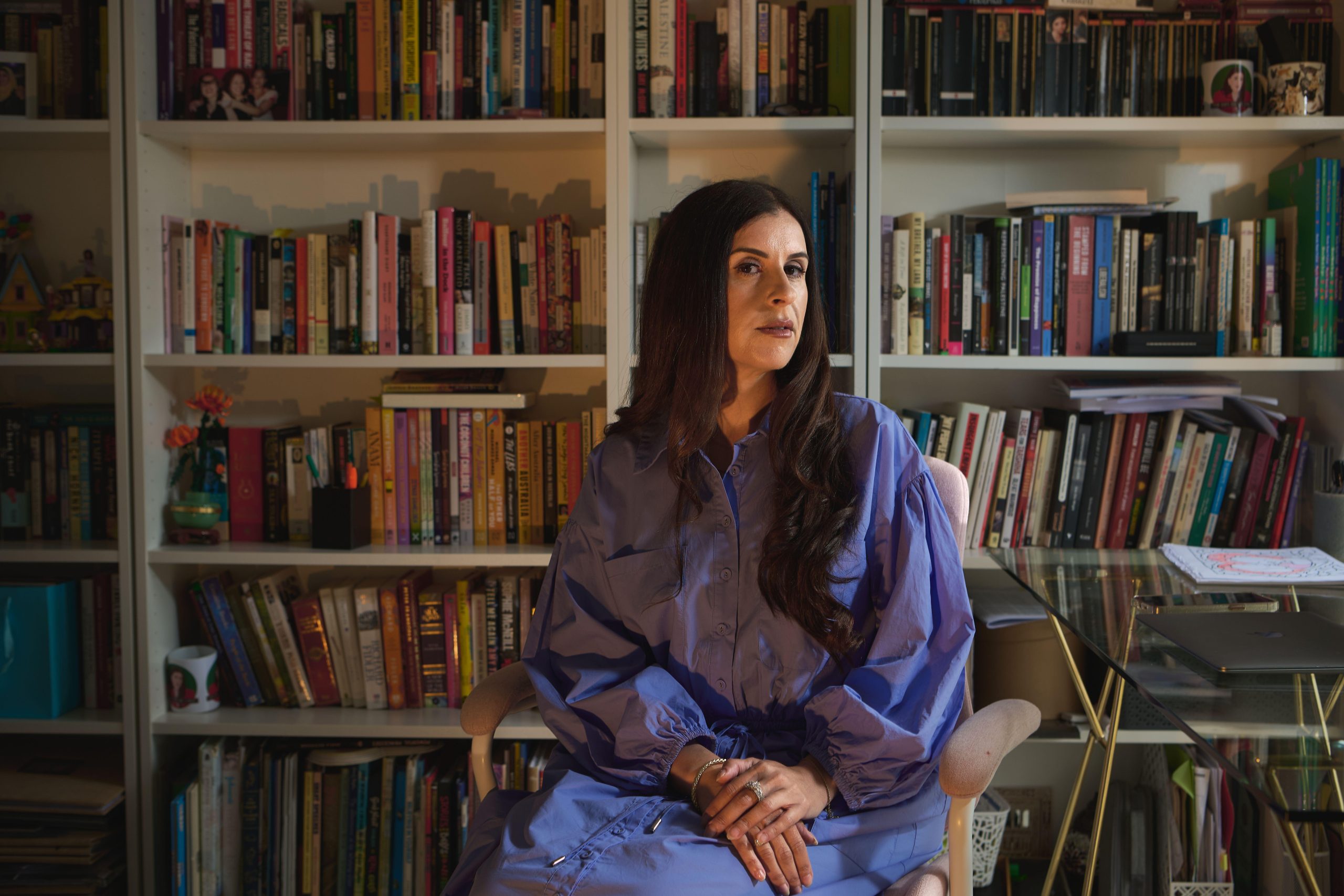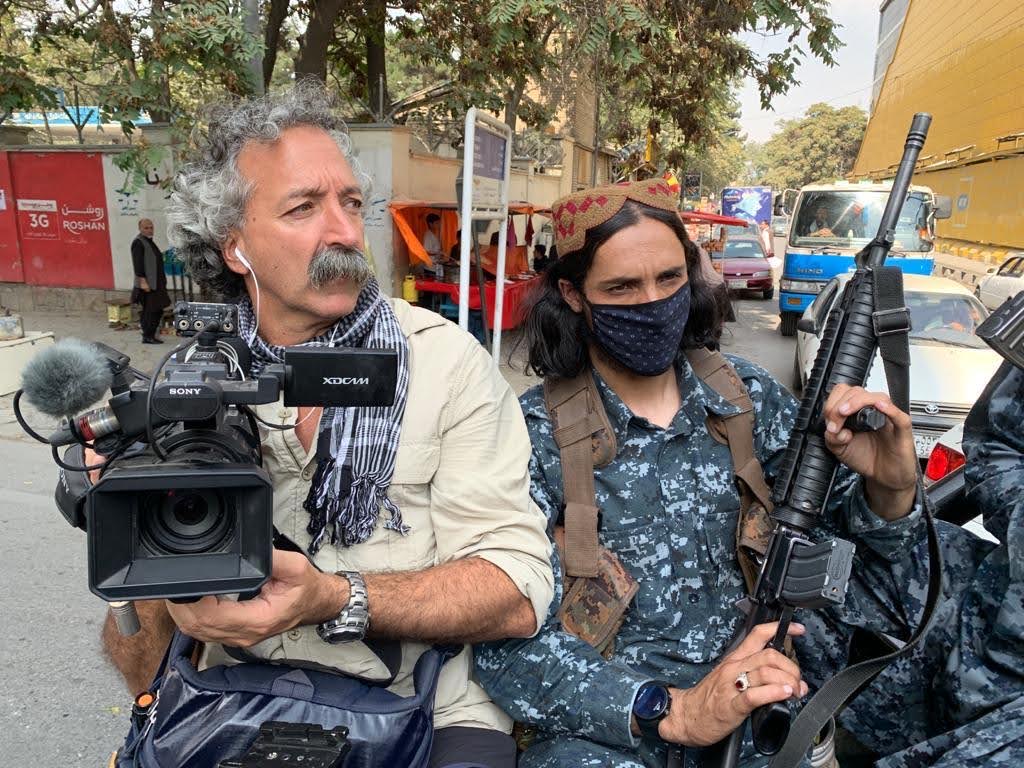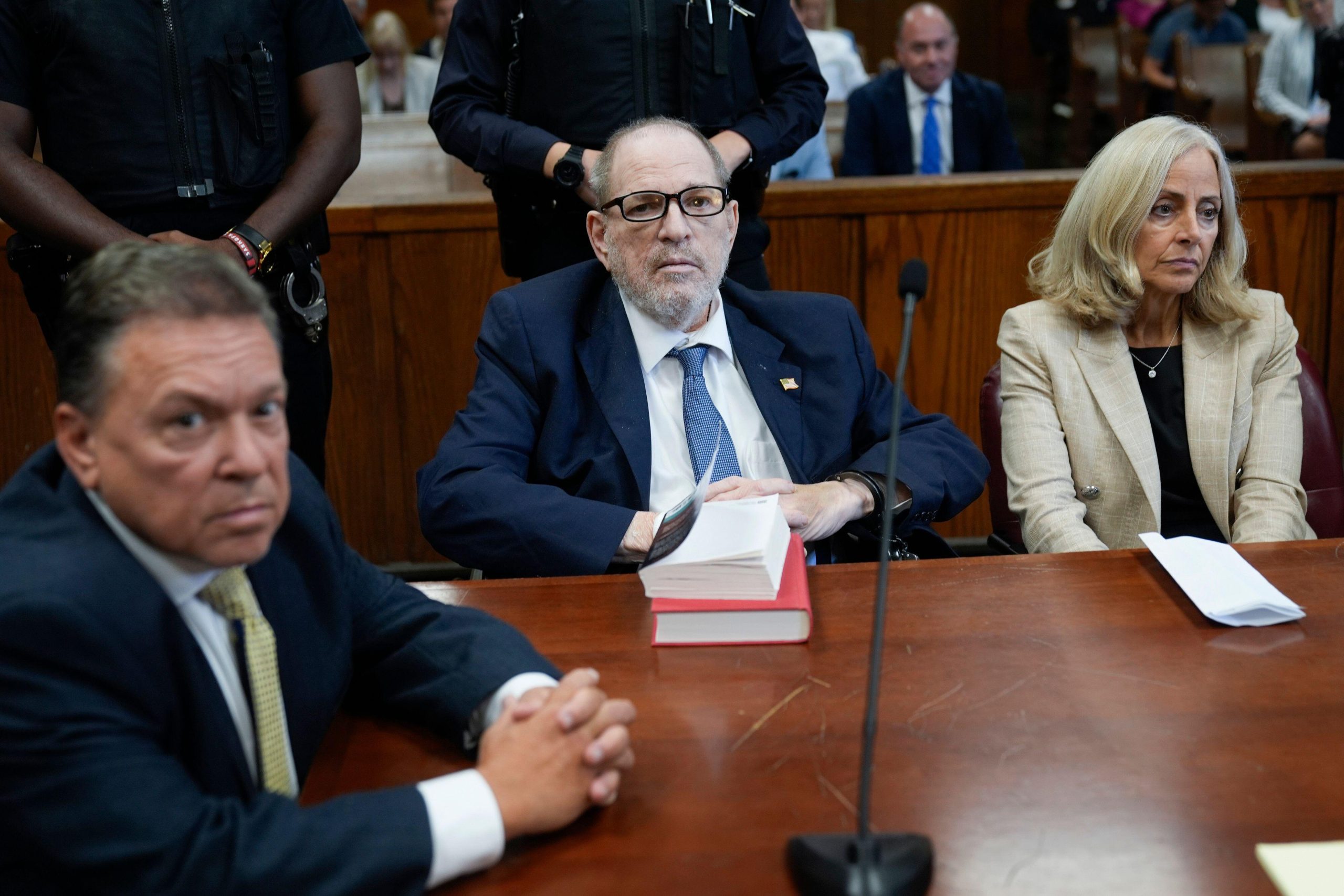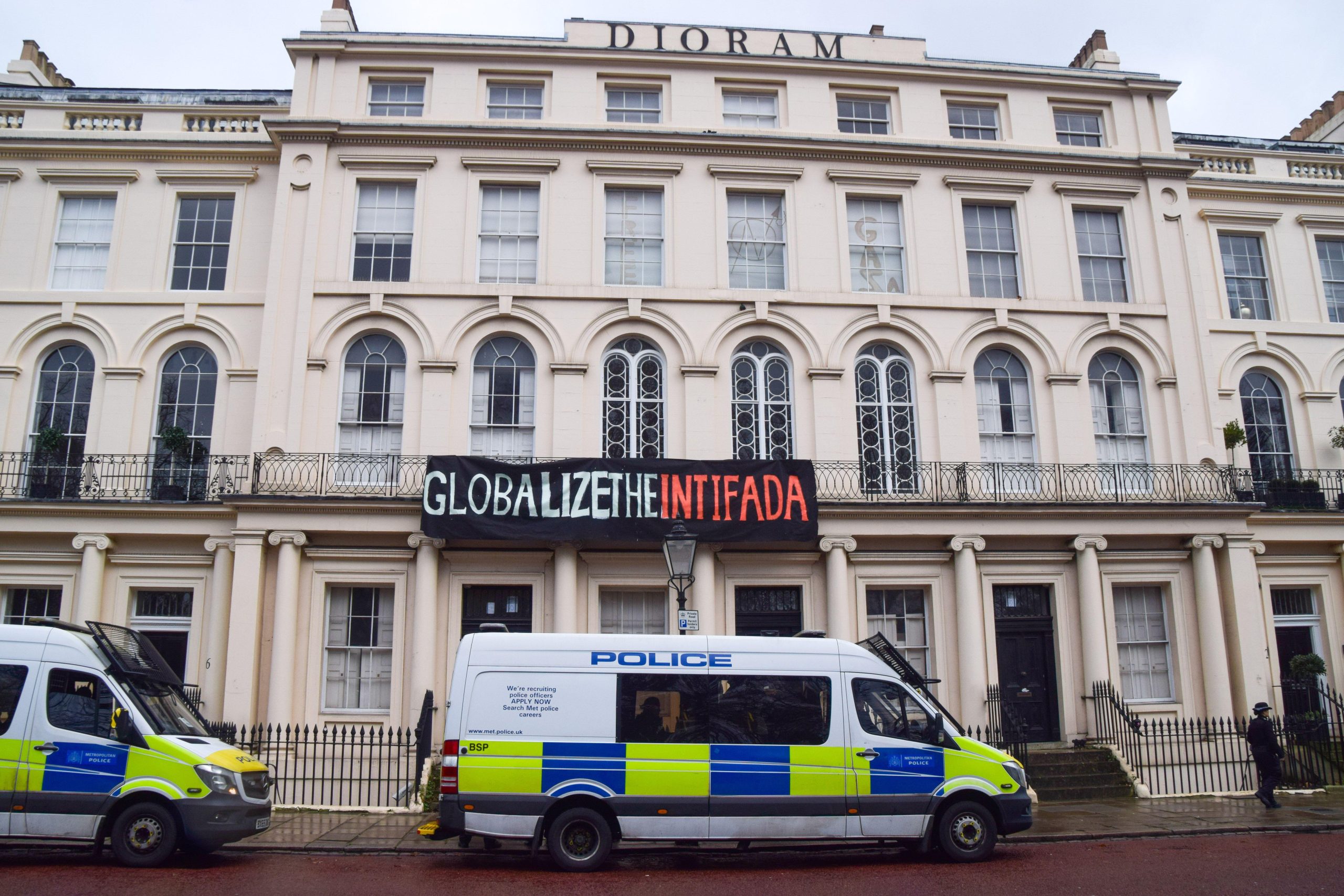 In the first of a series of articles on protest and free speech, Guardian reporter Paul Lewis assesses the fallout from the death of Ian Tomlinson
In the first of a series of articles on protest and free speech, Guardian reporter Paul Lewis assesses the fallout from the death of Ian Tomlinson
When campaigners wave placards, march, occupy buildings and shout, their methods are dismissed as crude. And they are. But taking to the streets can be effective, which is why the interests of weak governments in suppressing vocal dissent.
Protest is one of the most useful measures of free speech. For journalists, this means we must report the freedom with which people can demonstrate as enthusiastically as we analyse the political grievances that took them to the streets in the first place.
The roots of the Manchester Guardian, traced to when John Edward Taylor witnessed the cavalry charges against protesters at St Peter’s Field in Manchester, in 1819, stand in this tradition. He succeeded in publishing his own account before the “official” version could gain currency and, 18 months later, started the newspaper for which I now write.
Almost two centuries later, the right to protest is still a concern for those who seek to defend free speech in the UK. Last week parliamentarians on the Joint Committee on Human Rights considered whether, as protesters and civil liberty groups believe, the state is failing in its obligation to facilitate peaceful protest, and is instead preventing it.
We already know to some extent what the committee thought. Its report into the policing of protest revealed how peaceful protesters must contend with counter-terrorism laws, private injunctions, restrictions to free speech around parliament and a law that allows police to arrest people for insulting words or behaviour.
That report, however, was published on March 23, a week before Ian Tomlinson collapsed and died at the G20 protests after an unprovoked attack by police officers.
Many hardened protesters are annoyed it took last month’s demonstrations in the City of London — and the death of a newspaper vendor who was trying to walk home through police cordons when he was attacked from behind — to make the public realise how far the right to protest and freedom of assembly has been eroded.
Having endured the mass surveillance of protesters against Israel’s offensive against Gaza and the 10,000 stop and searches at last year’s Kingsnorth climate camp, many protesters viewed the baton charges, police cordons and use of undercover officers at the G20 demonstrations as small fry.
If the public interest of Tomlinson’s tragic death has changed the landscape of protest, it is unlikely to result from the plethora of committee hearings, policing reviews or even the 250 complaints to the Independent Police Complaints Commission.
The Tomlinson case has proved that technology has allowed citizens to place the state under surveillance. The video of the attack on Tomlinson, handed to us by a New York fund manager, prompted a predictable outcry. What was more interesting was the silence that preceded it.
For five days after Tomlinson’s death, we published the stories that questioned police propaganda about the death. There were photographs of Tomlinson lying at the feet of riot police, seconds after being assaulted, statements from witnesses who saw him hit with a baton and flung to the floor.
Others undermined the police claim that protesters impeded Tomlinson’s medical treatment. But to be honest, no one really noticed. Police were able to maintain the ‘line’ that there had been no contact with police, while attempting to dissuade myself and fellow journalist from digging further.
Police did not want us to broadcast the video of Tomlinson’s attack. But once it had been viewed by millions of people, the truth became undeniable.
As the New York fund manager who gave me the video said: “Now I’m glad I came forward. It’s possible Mr Tomlinson’s death would have been swept under the rug otherwise. You needed something incontrovertible. In this case it was the video.”
Paul Lewis is a Guardian reporter whose most recent stories include the Guardian’s extensive coverage of the G20 protests. In 2007 he was nominated Young Journalist of the Year and worked for the Washington Post as the Laurence Stern Fellow





